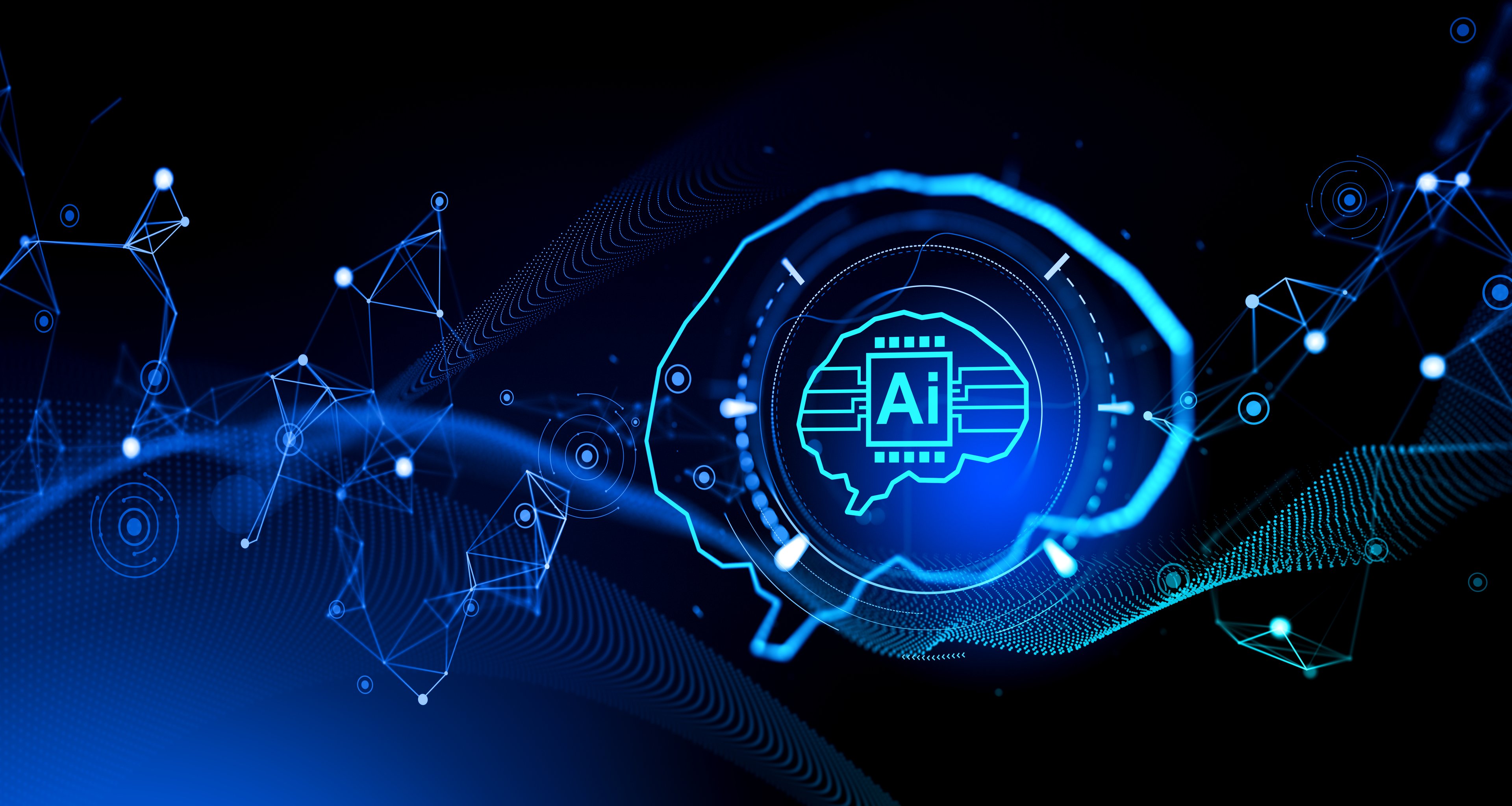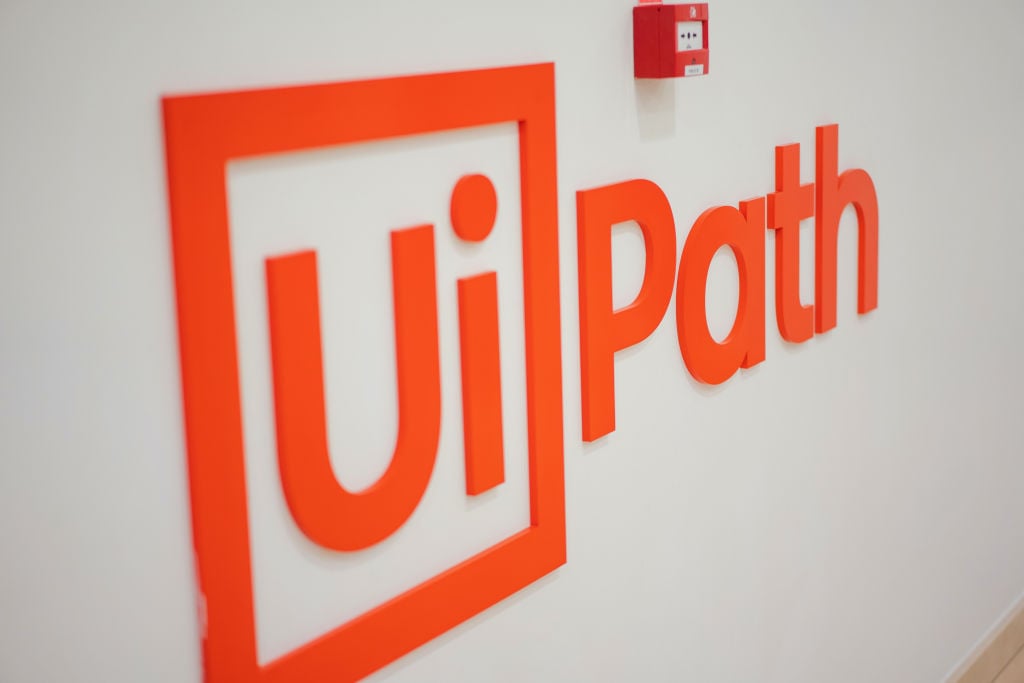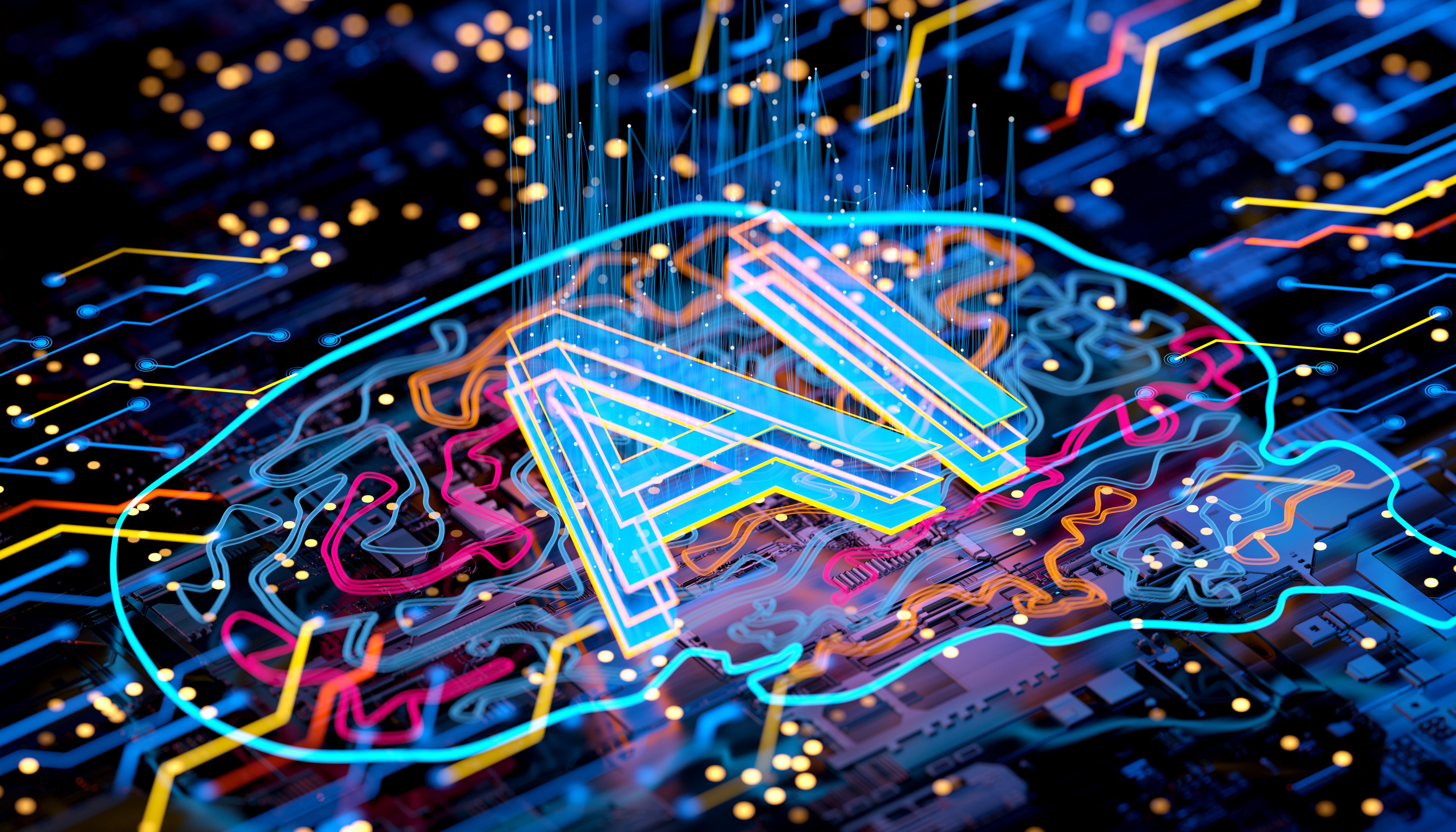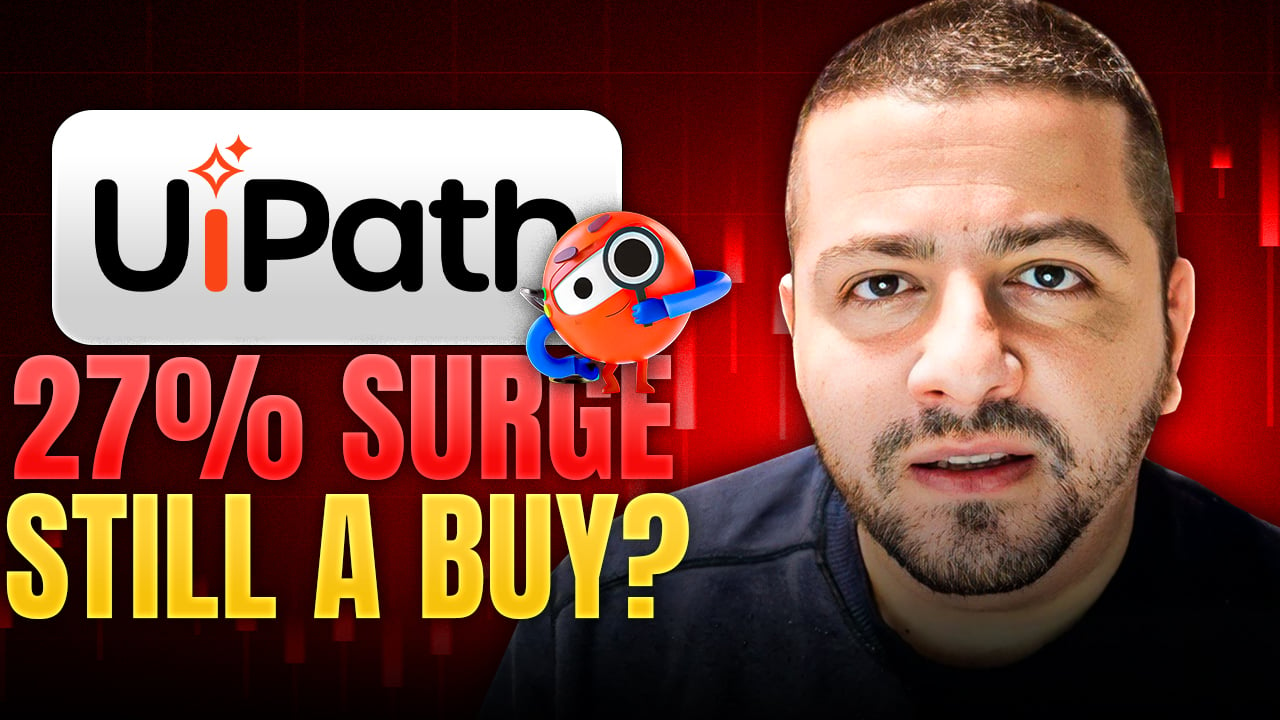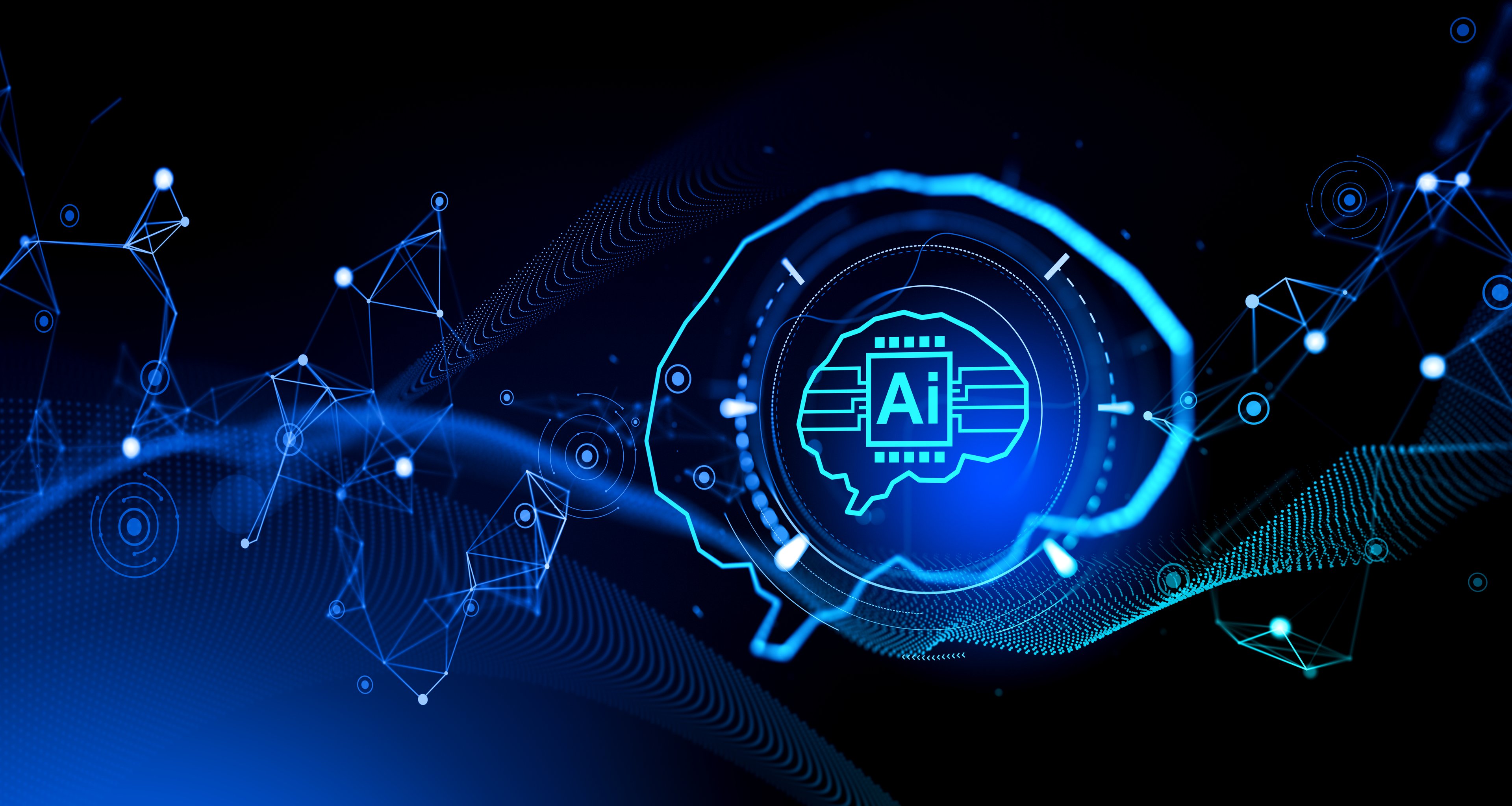UiPath (PATH 1.86%) has come a long way from being just an automation company. It started by helping businesses save time through robotic process automation (RPA) -- software that performs repetitive digital tasks.
Today, UiPath is evolving into something bigger: a central platform that helps companies connect people, systems, and AI tools to work together efficiently. This article will cover four structural trends that should define its trajectory over the next decade.

Image source: Getty Images.
1. Fragmented software systems create demand for connection
Modern enterprises face software sprawl. Large organizations often juggle hundreds or even thousands of applications across cloud, hybrid, and on-premises environments. This fragmentation creates friction and inefficiency since employees have to spend valuable time switching between systems instead of focusing on high-value work.
UiPath sees this complexity as an opportunity. If it can become the connective tissue linking all these tools -- from legacy databases to AI agents -- its value proposition rises sharply. In that role, automation shifts from replacing individual tasks to coordinating end-to-end business processes across systems.
That shift moves UiPath up the enterprise stack -- from task automation to workflow orchestration. The larger and more fragmented an organization's IT environment, the greater the demand for a reliable cross-platform orchestrator.
For investors, the implication is clear. UiPath's growth opportunity expands as enterprise ecosystems become more complex. The challenge lies in execution -- ensuring the company's orchestration layer remains simple, secure, and de-risked for large enterprises.

NYSE: PATH
Key Data Points
2. AI technologies expand the boundaries of automation
Traditional robotic process automation (RPA) delivered value by automating repetitive, rule-based tasks. But it had natural limits. It struggled with unstructured data, judgment calls, and contextual understanding.
Advances in machine learning, natural language processing, and computer vision now push those boundaries. UiPath's bots can handle far more sophisticated scenarios. Generative AI extends this even further -- turning static bots into dynamic digital agents capable of understanding, deciding, and acting across workflows.
This evolution changes UiPath's addressable market. The opportunity no longer depends on deploying thousands of simple bots to cut costs. Instead, it centers on enabling a smaller number of intelligent agents that can process complex documents, make contextual judgments, and interact naturally with humans.
For investors, the takeaway is important. Future growth may come less from volume and more from value -- higher-priced, higher-retention deployments that embed UiPath deeper within customers' operations. If UiPath executes well, this could strengthen its margins and create meaningful switching costs.
3. Low-code development and AI are democratizing automation
UiPath also benefits from a convergence of low-code development and AI assistance. Instead of relying solely on IT teams or developers, business users can now describe what they want automated in plain language--and UiPath's platform builds the workflow automatically.
That shift changes automation's scale dynamics. When more people across a company can launch automations, adoption grows organically. UiPath transitions from a specialized enterprise tool to an everyday productivity enabler embedded across departments.
In practical terms, this trend creates an internal network effect. More users build more automations, which drive higher engagement and recurring value.
For investors, this democratization loop could accelerate revenue growth through upsells and renewals. The key challenge for UiPath is maintaining simplicity and governance as the user base expands beyond technical specialists.
4. Security and governance are becoming competitive strengths
As companies rely more on automation and AI, they're also becoming more cautious about trust and security. Many hesitate to expand automation because they worry about compliance, data protection, or system risks.
UiPath has invested heavily to address these concerns. Its platform supports cloud, hybrid, and on-premises deployments with strong governance, audit, and security controls. This focus makes it suitable for industries where trust and compliance are non-negotiable.
That's an edge in a world where trust and transparency matter as much as performance; vendors that can prove security and compliance will win. UiPath's focus on safe, enterprise-ready automation could help it maintain a durable moat as the AI wave accelerates.
What does it mean for investors?
UiPath's story is shifting from cost-saving automation to intelligent coordination. The company no longer just helps businesses work faster -- it helps them work smarter.
These four trends -- fragmented systems, AI, democratized automation, and trusted governance -- all point in one direction: UiPath is building the infrastructure for how humans and AI will collaborate in the workplace.
For long-term investors, that's the appeal. If UiPath continues to innovate while staying disciplined financially, it could become one of the key software platforms driving the next generation of enterprise productivity.
It's a growth company worth keeping on the radar.

